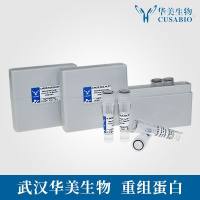Solid-phase Submonomer Synthesis of Peptoid Polymers and their Self-Assembly into Highly-Ordered Nanosheets
互联网
实验材料
|
With phenolic molded screw cap with polyvinyl-faced pulp liner |
|||
实验步骤
1. Solid-Phase Submonomer Synthesis of Polypeptoids
4) Rinse the resin by adding 2 mL of DMF, agitating for 15 seconds, and draining. Repeat 3x.
2. Cleavage and Side-Chain Deprotection
1) Transfer all of dried resin to a 20 mL scintillation glass vial.
5) Evaporate TFA by blowing a gentle stream of nitrogen or by using a Biotage V10 evaporator.
7) Record the weight of the crude product. Store as a dry powder at -20 °C
3. Characterization and Purification of the Polypeptoid
4. Peptoid Nanosheet Formation
5. Fluorescence Microscopy of Nanosheets
6. Scanning Electron Microscopy (SEM) of Nanosheets
1) Dimethylformamide and Dichloromethane are reasonably suspected carcinogens.









